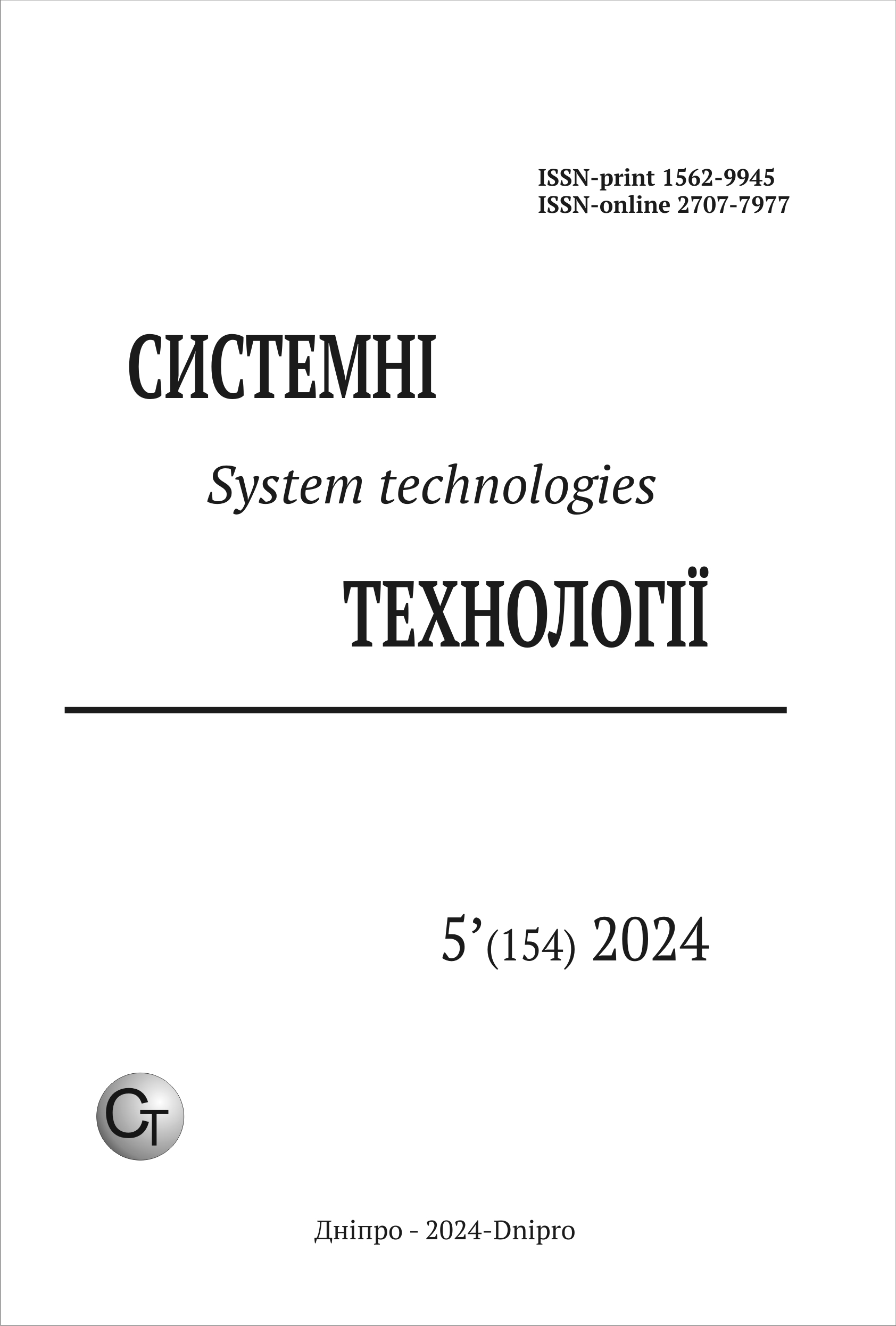Modern problems of anomaly identification in Enterprise Systems
DOI:
https://doi.org/10.34185/1562-9945-5-154-2024-15Keywords:
anomaly detection, enterprise systems, memory dumps, performance optimization, problem detection, machine learning, code profiling, optimization algorithms, system monitoring, distributed systems.Abstract
The article addresses modern challenges in anomaly detection within enterprise systems us-ing memory dump analysis. As the complexity of enterprise systems grows, the number of potential issues affecting their stability and performance also increases. Anomalies, such as software failures or unexpected deviations from normal behavior, can lead to serious consequences, including data loss, reduced performance, or even complete system shutdown. Detecting and resolving these anomalies is a critical task for maintaining uninterrupted operation in enterprise environments. The primary method discussed in this article is memory dump analysis, which provides de-tailed information about the system's state at the time of an anomaly. This method is effective for identifying root causes of failures, such as memory leaks or other resource-intensive operations. However, due to the large volumes of data and the complexity of modern software systems, memory dump analysis faces several challenges, such as the need for precise data collection during inci-dents and the requirement for powerful computational resources to process such data. The article thoroughly analyzes algorithms and tools used for detecting problems in enter-prise systems. Specifically, statistical methods, machine learning algorithms, and tools for memory dump analysis are reviewed. Machine learning techniques enable the creation of models represent-ing normal system behavior and automatically detect deviations from these models, facilitating timely identification of potential issues. Additionally, optimization methods aimed at improving sys-tem performance, including techniques such as parallelization, caching, and code profiling, are ex-plored. One of the main challenges discussed in the article is the limitations of existing methods and tools for software analysis. High-load systems often face difficulties in real-time profiling and monitoring, complicating the identification of root causes. The article also examines limitations re-lated to the accuracy of data collection and the complexity of diagnosing issues in distributed sys-tems. Based on the analysis, the article suggests future prospects for improving modern methods of anomaly detection in enterprise systems. Key areas for further research include enhancing machine learning algorithms for memory dump analysis, developing more efficient optimization methods, and improving monitoring tools to increase the accuracy and speed of problem detection. The arti-cle also highlights the importance of integrating these technologies into real-world enterprise envi-ronments to ensure stability and reliability.
References
Mitikov M., Huk N. Review of methods for identifying and analysing performance problems in software: approaches, challenges and prospects // Issues of Applied Mathematics and Mathematical Modelling [Text]: a collection of scientific papers / edited by O.M. Kiseleva (ed.) [and others.] - Dnipro, 2023. - Issue 23. - pp. 171 - 178. doi: 10.15421/322318
Mitikov M., Guk N. Review of methods and tools for system analysis of software performance // Mathematical and software of intelligent systems (MPIS-2023): Abstracts of the XXI International Scientific and Practical Conference, Dnipro, 22-24 November 2023 / Edited by O.M. Kiselova - Dnipro: DNU, 2023. 213 - 214 p.
Mitikov M., Guk N. Information technology for diagnosing excessive memory usage based on the analysis of memory snapshots // Modern information and communication technologies in trans-port, industry and education: Theses of the XVII International Scientific and Practical Conference (Dnipro, 13-14 December 2023): USUNT, 2023. - p. 32.
Louridas P. Static code analysis / P. Louridas. // IEEE Software. – 2006. –
Vol. 23, no. 4. – С. 58–61, doi: 10.1109/MS.2006.114.
Machine Learning for Anomaly Detection: A Systematic Review / A.B.Nassif, M.A. Talib, Q. Nasir, F.M. Dakalbab. // IEEE Access. – 2021. – Vol. 9. – С. 78658–78700. doi: 10.1109/ACCESS.2021.3083060.
Smart detection in Application Insights [Електронний ресурс] / AbbyMSFT, Kennedy-DenMSFT, AaronMaxwell, v-jbasden // Microsoft. – 2024. – Режим доступу до ресурсу: https://learn.microsoft.com/en-us/azure/azure-monitor/alerts/proactive-diagnostics.
Weninger M. Analyzing Data Structure Growth Over Time to Facilitate Memory Leak Detection / M. Weninger, E. Gander, H. Mössenböck. // In Proceedings of the 2019 ACM/SPEC International Conference on Performance Engineering (ICPE '19). – 2019. – С. 273–284. doi: 10.1145/3297663.3310297.
Veasey T. Anomaly Detection in Application Performance Monitoring Data / T. Veasey, S. Dod-son. // International Journal of Machine Learning. – 2014. – Vol. 4, no. 2. – С. 120–126. doi: 10.7763/IJMLC.2014.V4.398.
Deep Learning for Anomaly Detection in Time-Series Data: Review, Analysis, and Guidelines / K.Choi, J. Yi, C. Park, S. Yoon. // IEEE. – 2021. – Vol. 9. – С. 120043–120065. doi: 10.1109/ACCESS.2021.3107975.
Downloads
Published
Issue
Section
License
Copyright (c) 2024 System technologies

This work is licensed under a Creative Commons Attribution 4.0 International License.















